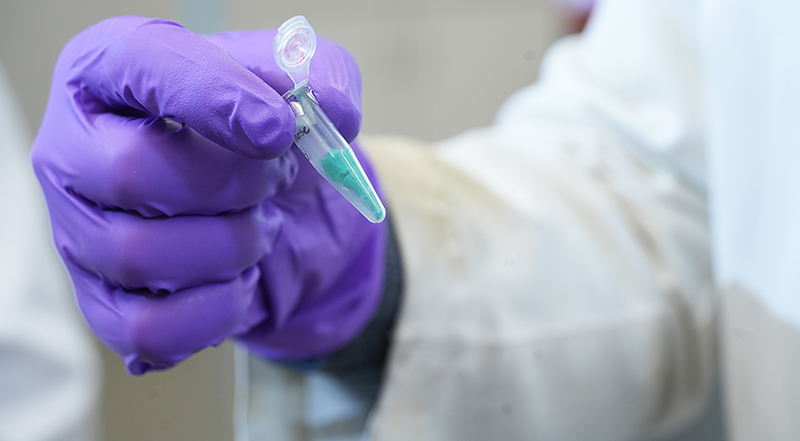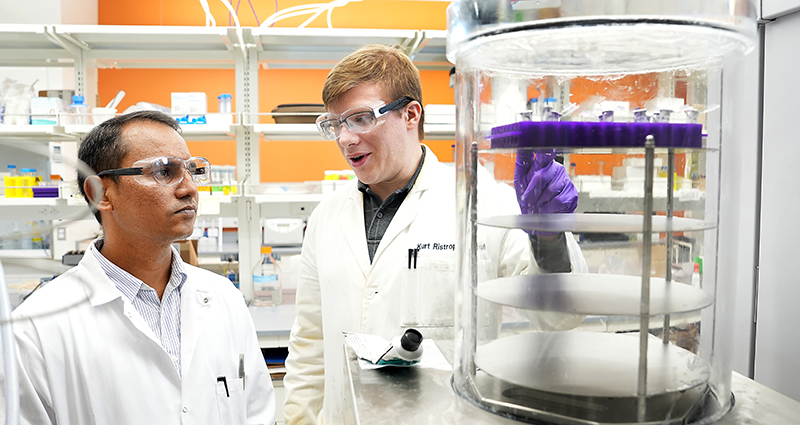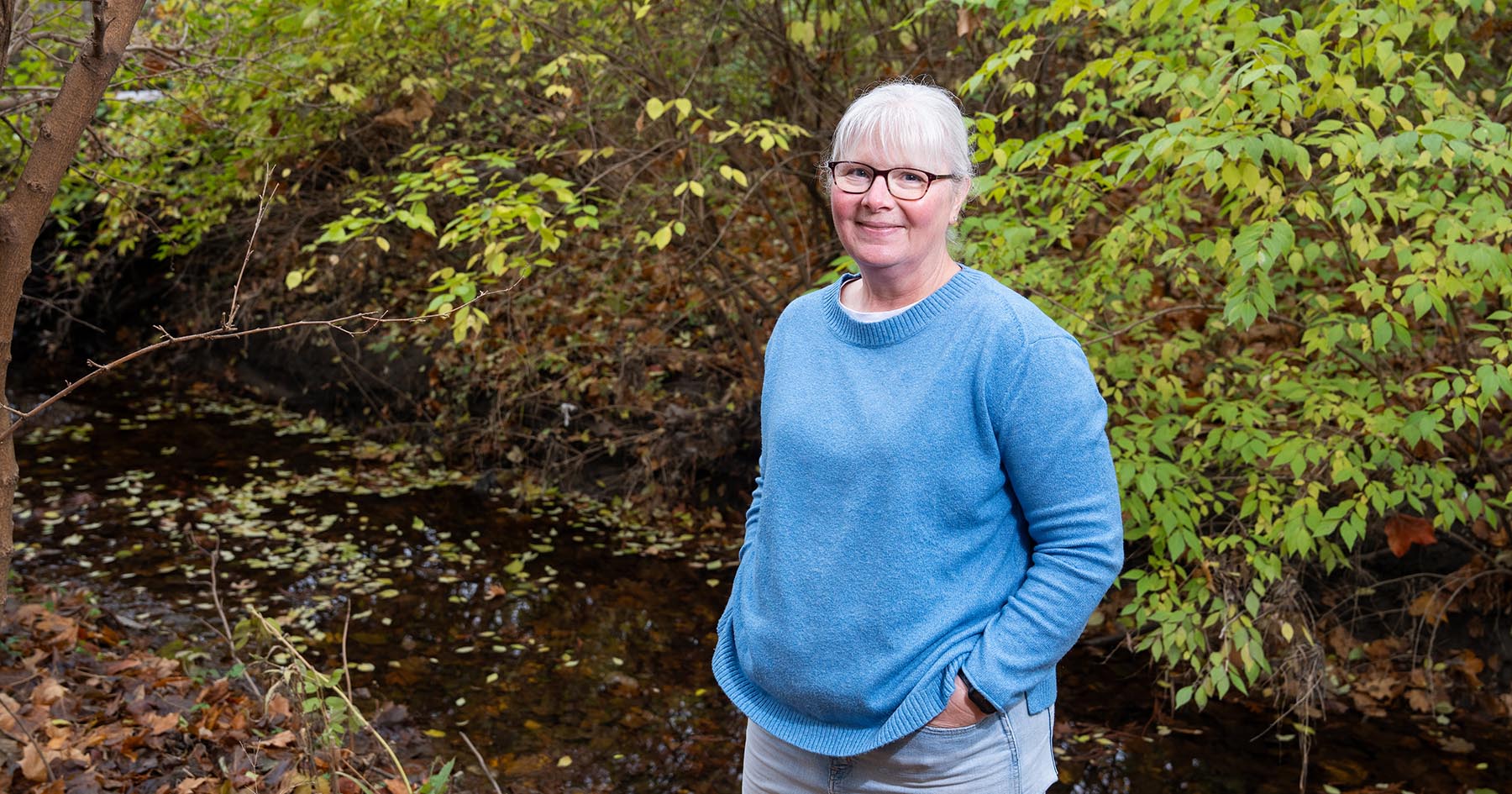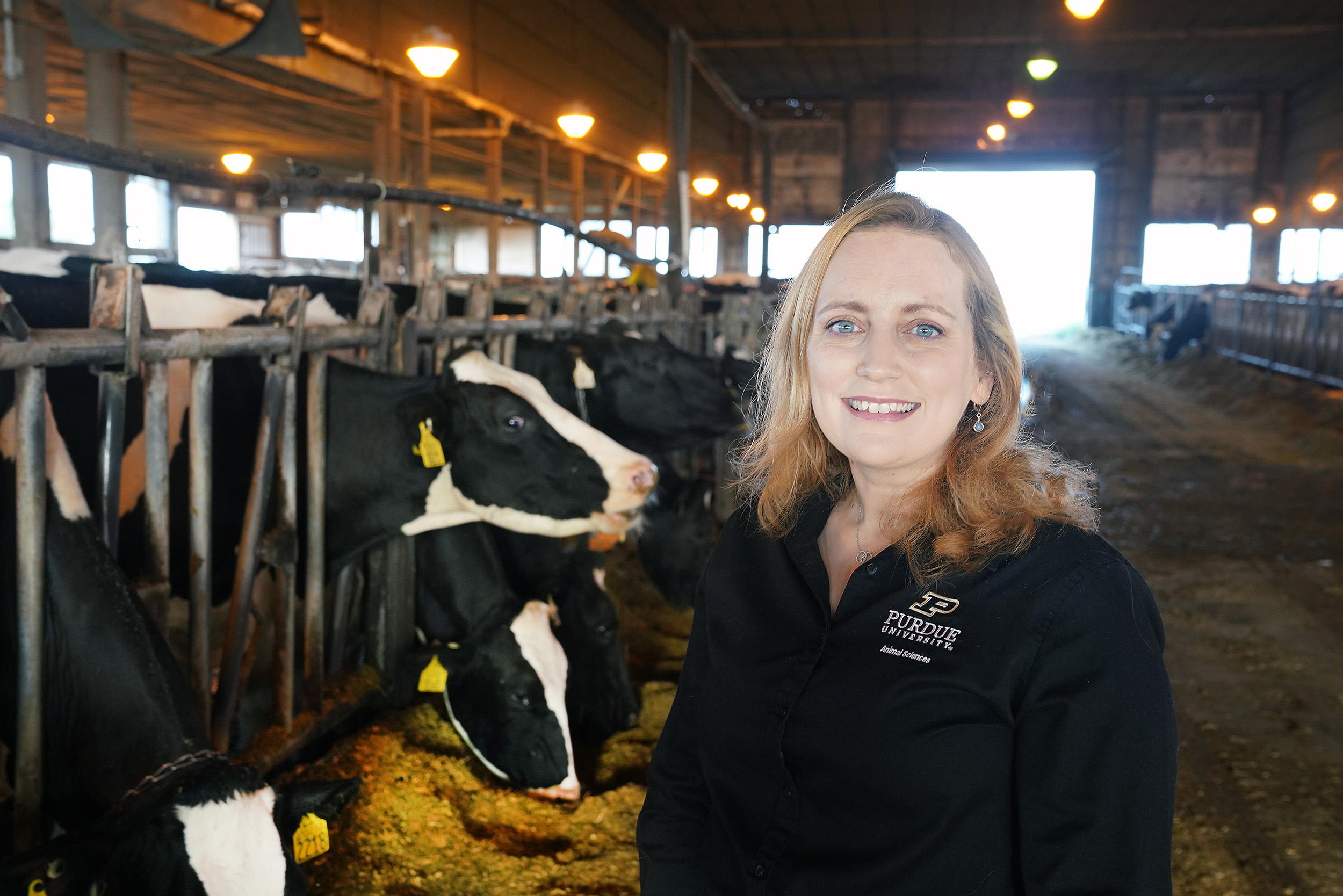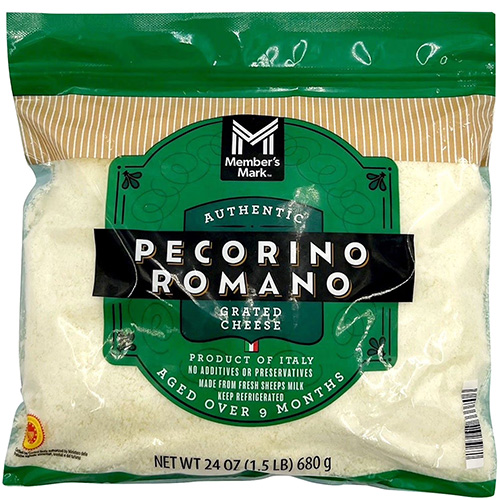Purdue engineer works to improve formulation of RNA-based pharmaceuticals
A team of university and industry researchers is developing new formulations and manufacturing processes for the messenger RNA (mRNA) delivery systems used in some COVID vaccines.
The mRNA-based vaccines that came out during the COVID-19 pandemic required storage at subzero temperatures.
“They were shipped around the world as a piece of ice, a little frozen vial. That wasn’t ideal from a supply chain perspective, from a stability of goods perspective, from a storage perspective,” said Kurt Ristroph, assistant professor of agricultural and biological engineering at Purdue University.
Research team members Ristroph and Robert Prud’homme of Princeton University both have expertise in making lipid nanoparticles and processing them into shelf-stable formulations.
Prud’homme’s lab developed the mixing technology used to manufacture the lipid nanoparticles used in the Pfizer-BioNTech COVID vaccine. Serán BioScience LLC, a contract manufacturing organization headquartered in Oregon, will provide process development and manufacturing support. The work is funded by a three-year, $2.7 million contract from the U.S. Food and Drug Administration to Purdue, Princeton and Serán.
“We care about making a process that is large scale and operates continuously at large scale rather than being a batch-to-batch process,” Ristroph said.
The researchers are using the COVID vaccine as its model, but their methods should be applicable to mRNA lipid nanoparticles designed for other therapeutic uses. The Moderna and Pfizer COVID vaccines were the first to use lipid nanoparticles to deliver mRNA, but difficulties with storage and stability have slowed bringing new therapies based on the biotechnology to market.
More beneficial would be developing a liquid that could be stored at refrigerator temperatures of 4-6 degrees Celsius (about 39-43 degrees Fahrenheit).
“We’re concerned about the stability of the mRNA that’s inside frozen or liquid formulations,” Ristroph said. “mRNA is a very fragile molecule. It will tend to break down. You also want to make sure that your nanoparticles themselves stay stable. You need to be sure that what you’re putting into somebody’s arm is the same as what you manufactured in the first place.”
These stability considerations are key aspects of any formulation improvements and motivate pharmaceutical industry efforts to seek a method for drying nanoparticles into a powder that has longer-lasting stability than either frozen or liquid formulations.
“These nanoparticles are little balls of lipids. They’re colloids. They’re suspended in water, not dissolved,” Ristroph said. “If you can develop a good, scalable process to dry them out and still have nanoparticles when you add water back, we think that would help with overall product stability.
“A process to get to a dry powder that can be stored at room temperature would be terrific. But failing that, a dry powder that could be stored in the fridge or the freezer at less than minus 80 degrees Celsius would be better than the first generation of products.”
